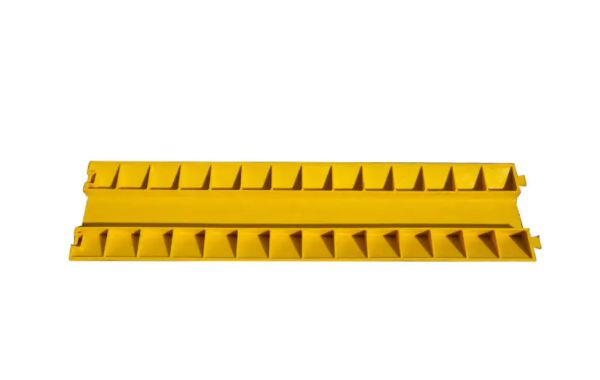Speed bumps, often referred to as traffic calming measures, are essential elements in ensuring road safety and controlling vehicle speeds in various settings. These raised structures are strategically placed on roadways to slow down vehicles, particularly in areas with high pedestrian activity, residential zones, or near schools.
The primary purpose of speed bumps is to encourage drivers to reduce their speed and exercise caution while navigating through specific locations. By forcing vehicles to slow down, speed bumps contribute to the prevention of accidents and the protection of both pedestrians and other road users.
Speed bumps come in various shapes, sizes, and materials, each designed to serve a specific purpose. They may be constructed from asphalt, rubber, or plastic, and their height and spacing can vary based on the desired speed reduction effect. Some speed bumps are designed to be more gentle, allowing smoother passage at lower speeds, while others are more pronounced to ensure a more significant speed reduction.
While speed bumps effectively control speed, they can also impact traffic flow and may lead to driver frustration or vehicle wear and tear. Therefore, their placement and design need careful consideration to balance safety concerns with overall traffic efficiency.
In conclusion, speed bumps play a crucial role in maintaining road safety and mitigating speed-related risks in areas where pedestrians and vehicles interact closely. By encouraging responsible driving behavior and reducing speeds, speed bumps contribute to creating safer and more livable communities.








